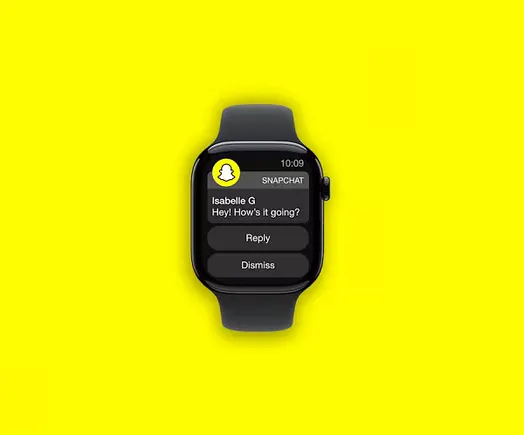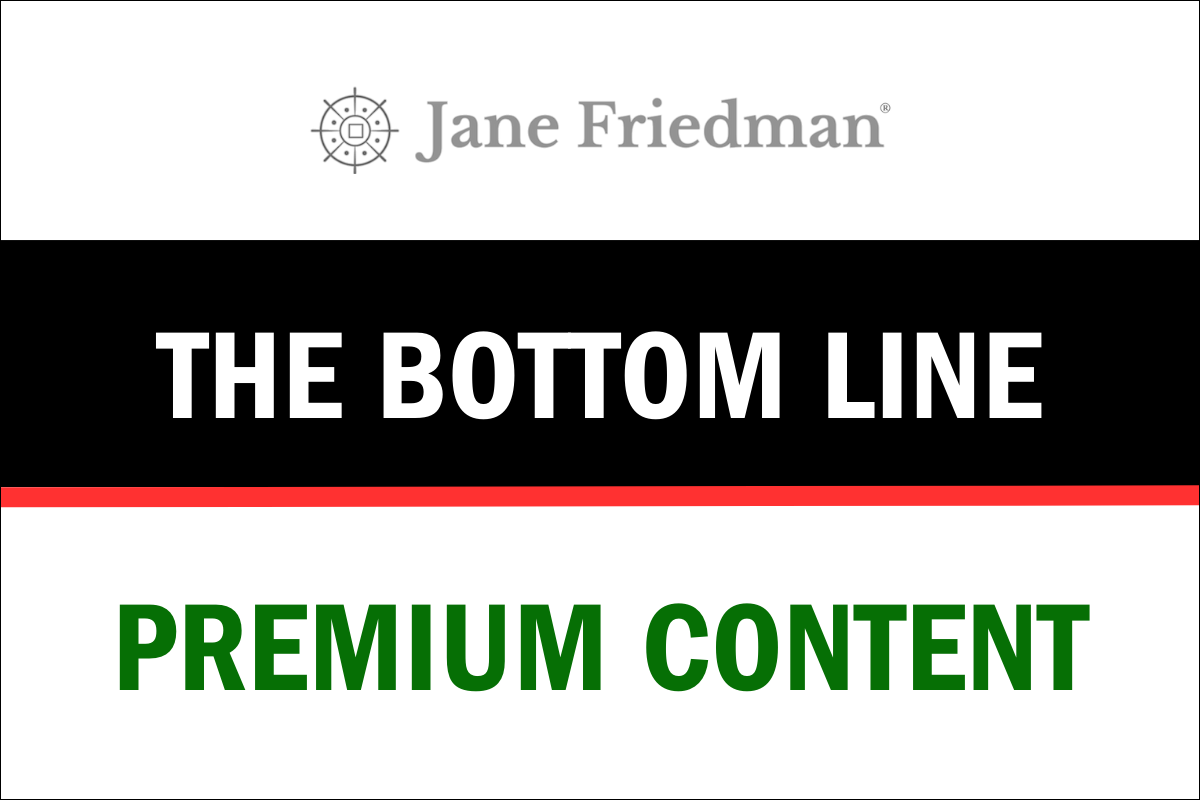It’s a Book, Not a Slide Deck: Avoiding Fast-Content Habits in Nonfiction
Bulleted lists and unbridled text formatting might work online, but overuse in a book can risk distracting readers instead of guiding them.


Today’s post is by book coach and editor Dinah Laprairie.
I opened the manuscript and sighed—not at the message, which was well-stated and useful, but at the wall of bold, italic, underlined, ALL CAPS text that shouted for attention on every page. It read more like a web article or social post than a book.
Nonfiction writers—especially those working on prescriptive nonfiction—often turn to familiar writing formats from business, blogging, or social media when they prepare their book-length projects. I see writers using lists, headings, single-line paragraphs, and multiple type styles all at once. These features can be incredibly effective in business writing or online—and in books. In fact, I will recommend authors use these for specific purposes to create engaging nonfiction books. Each of these features can improve readability and assist the readers in digesting the author’s message. Yet a good reading experience is not always meant to be an easy, fast-scrolling reading experience, especially if a writer is delivering their message in book form.
The urge to make reading easy and quick for readers is strong among nonfiction writers, and I frequently come across nonfiction writing that relies too heavily on features of fast media, like blogs, newsletters, and social posts. In the last year, I’ve opened manuscripts that are nearly entirely built on lists like you find in internet how-to articles. In others, there is such a heavy use of boldface and italics that it becomes difficult to complete a paragraph. And don’t we all love the single-line paragraph in socials these days? (I do.) These are showing up in book-length manuscripts now. But the hardest on my eyes is all caps, especially when it is used ALL THE TIME.
None of these features are wrong, and you might want to use them in your book, but first you need to ask yourself if you are adding unnecessary complexity to the reading experience. In my feedback to writers, I ask them to choose between these features with restraint and care. The reason is this: Books aren’t fast media.
When we apply the visual tools of fast media to the slower pace of a book, we risk overwhelming or distracting our readers instead of guiding them. A book isn’t just a container for content—it’s a container for transformation. And formatting should support that, not replace it.
Books for deep exploration
Many nonfiction writers fall back on the writing styles they know best—slide decks, blog posts, business reports, and social media posts. Over the last decades, we’ve been trained to scroll through scads of text every day, and to absorb material quickly. Skim, scroll, move on. It’s tempting to assume readers want to engage with a book in the same way. But that’s not the case.
A book is slow, immersive media. A reader will typically spend hours with a book, not minutes. Unlike short-form content, a book provides room for broader or deeper exploration. Even in digital or audio formats, books invite readers to slow down and engage deeply with nuanced ideas. When we apply fast-media formatting to a book—lists on every page, bold text everywhere, constant headings—we risk flattening our message rather than strengthening it. Readers pick up books because they want more, not less.
I recently reviewed a manuscript that used boldface styling every time the author wanted to make a point. The writer also added ALL CAPS to every new term. Headings were in italics and phrases were underlined. Visually, the page was crowded, and it was difficult for me to focus on the message the writer wanted to convey.
Be confident in your readers
Readers of books understand the assignment: They are expected to actively read. If they choose your book, their interest in the subject or premise is great enough to have chosen a book over other forms of media. They want to get into the subject and dive deep. They want to be immersed in your subject. Formatting tools such as boldface, italics, and underlining can easily shift from helpful to distracting when overused.
If everything is emphasized, nothing stands out.
Your first job, before turning to formatting, is to consider how sentence structure and storytelling techniques can naturally draw attention to your key points. Traditional paragraphs and sentences are powerful tools. Paragraphs are well suited for developing ideas, building arguments, and engaging readers on a deeper level. They allow for narrative flow and storytelling, more detailed explanations, and a smoother, immersive reading experience.
Use paragraphs to build trust
Within paragraphs, you can share stories, and stories help your readers remember your lessons. You can explore scenarios that demonstrate your concepts, or dive into your own personal experience with the topic. You can use paragraphs to explore metaphors to help the reader understand a complex idea in a deeper, relatable way. You have the space: if it will engage the reader, use it to delight them with wordplay or humor. Or showcase your authoritative voice. Vary your sentence lengths to add cadence and rhythm. With practice, you’ll learn how to slow your sentences so your readers have time to absorb the information you’re delivering, how to add speed to build excitement or curiosity, and how to withhold a revelation until the exact moment a reader needs it. In short, you can use paragraphs and well-crafted language to show you care about your reader’s experience.
Craft your sentences before you add styling. Then, look for ways you can help the reader navigate through the material more easily. To speed their reading, you can add signposts like headings and call-out text, captions, or lists. Maybe it does make sense to add boldface or italics to certain features. Try it. See how it looks. Read it. See how it sounds. Did the formatting improve your reading or did it add a barrier? Too many features may create the opposite effect and slow down the absorption of your message rather than speed it up. Restraint is key.
Punctuation assigns meaning, too
It might feel old-fashioned to rely on unadorned sentences, but I want to remind you of the signposts already in place: the commas, dashes, colons, and periods you already used when you were crafting your message. Punctuation shapes meaning. It can deliver subtle nudges, or guide readers through complex ideas. Readers are already well-trained in it, and they barely notice it, so don’t discount its power.
By being intentional with your writing, through sentence structure, use of punctuation, and formatting, you show yourself to be a confident leader who can navigate deep waters. How do you know if you struck the right balance? If you spent time getting to know your readers and what they need, it’s much easier.
When style and formatting features make sense
There are all sorts of ways we can use formatting in a manuscript to bring attention to particular text. You can choose from various styles, like indented text, boldface text, italics, capital letters. In fact, the style guides we use as editors give us guidance on how to address styles in a manuscript. The overriding message of any style guide? Be consistent.
When your book is presented with consistent styles and formatting, the reader knows how to interpret your text and isn’t being distracted from your message. Style choices have a function. When used consistently, a reader will intuitively understand the rules you are using. Our brains look for patterns all the time. You likely saw the subheadings in this article and knew from their formatting that they were introducing a new section. You didn’t have to stop and think about it. That’s why we rely on styles and formatting: To make it easier for our readers. But when it starts to interrupt their reading or pull them out of our message, we need to have restraint.
When we introduce readers to new ideas, we want them to understand why they should pay attention. Sentences and paragraphs will help you convey this. Complex ideas and detailed information can benefit from paragraphing and well-crafted sentences.
When formatting disrupts your nonfiction narrative
I once opened a manuscript that was built almost entirely from lists—page after page of bullet and numbered steps. It looked organized, and it was easy to skim, but something was missing.
Curious, I stepped back and asked: Who is this book for? What’s the deeper purpose? The author was writing for a business audience seeking to understand why they should implement this author’s prescribed method, not just how. But the manuscript did not make that case. It grouped ideas clearly, yes, but it lacked the context and reasoning needed to persuade. The lists were efficient, but they weren’t enough. The lists delivered information, but they didn’t build trust, spark curiosity, or move the reader toward a deeper understanding. In short, the book wasn’t making an argument; it was just presenting facts.
When formatting stands in for storytelling, you risk losing the very engagement you’re trying to secure.
“But my readers are busy people,” authors tell me. “I want to make sure they read the whole book. That’s why I’m making it simple.”
It’s a valid argument, and yes, lists can be helpful. They’re perfect for organizing steps, grouping concepts, or highlighting takeaways. I love a good summary list at the end of a dense chapter. (Katy Milkman’s book How to Change does this beautifully.) And in some instances, lists are expected. Imagine if you opened a cookbook to find the recipes were written in paragraph form!
In the manuscript I was reviewing, the lists felt like shortcuts. They grouped information but offered no context or little connection to the argument. The author’s ideas were strong, but the formatting made them feel isolated, almost like slide bullets waiting for a speaker. As a reader, I found myself skimming ahead, searching for meaning the lists couldn’t provide. The argument wasn’t unfolding. It was being itemized. And it was losing my engagement.
As I worked with this author, I learned he was an avid reader of internet business blogs. He had encountered much of his industry’s expert material online and in slides, technical manuals, and reports. So, in writing, he turned to the writing styles he knew best, and he wrote his book without adjusting for the different form of media. Simplicity was a good aim, but I asked him to slow it down and rely on good writing to make his case first. As the writer, you have control over how your readers experience your message—whether they feel guided through a smooth, immersive experience or disrupted by formatting choices that pull them out of the narrative.
But how do you know what to do?
If you have committed to a book-length project, there’s no doubt you believe strongly in your message. Your book is an argument in support of your Important Point. Your job is to make sure your readers understand why it is worth their time. Your job, too, is to know exactly your readers’ level of interest and knowledge when they enter your book, and to decide where you want them to be when they turn the final page. What you discover about your readers will give you insight into how to present your book’s content.
When I work with writers during book-planning, we examine their readers’ readiness. I ask questions like this:
- How experienced are your readers already in your topic area?
- How open to your argument will your readers be at the beginning of your book?
- How willing is your reader to be changed by your message? Are they closed to your ideas, are they ready to consider them, or are they ready to take action?
We explore what the readers need to choose their book. It may be validation, inspiration, instruction, entertainment, tough talk, or another approach. Once my writer has a strong grasp on their readers’ needs and expectations, we can look at how to present their argument, and that gives clues into book structure. Is the book instructional, laying out procedures or steps? Does it rely, instead, on analysis, interviews, or storytelling? Will visuals like maps, charts, and tables be needed? I encourage the reader to lay out their plans for their chapters so that we can see the logical connections between each.
And yes, we might discuss formatting decisions. Thoughtful choices around layout and design can ensure your book is both engaging and delivering the transformation you want for your reader. Together, we look at titles and headings: Does the book need multiple levels of subheadings, or would that overwhelm the reader? We consider how the reader can best absorb and retain what they are learning: Do they need visual pauses like white space, lists, or breakout boxes to absorb the material? And we talk about emotional readiness, especially in self-help books: Do key concepts need to be introduced in a specific order, or is it okay if readers can browse between sections?
5 tips to check for balance in your nonfiction book
If you’ve made it this far, chances are you care deeply about how your message reaches your readers. You want to write with purpose, not just publish “content.” That’s the real difference between a book and a blog post: a blog can inform, but a book can transform.
So how do you ensure your formatting serves that transformation—and doesn’t get in its way? Here are five ways to check your manuscript for balance and clarity.
- Be the compass, not the map. Spend time understanding your readers and what they need from your book, right now in their lives. How can you guide them through the material as the expert without overwhelming them?
- Read it aloud, with fresh eyes. Read through your manuscript out loud (or use the read-aloud tools on your computer or phone) and listen for flow. Are there points when a reader might say, “Whoa. Back up. Tell me that again.” Or “I don’t really get it. Can you give me more background?” Which will support their understanding best: better writing or better formatting?
- Use formatting for function, not flair. Look at every bold or italicized line. Each line should do real work. Ask yourself: Why am I emphasizing this? Do the sentences around this line already emphasize the importance?
- Print out a hard copy. Begin to think about your book as a book. Print it out. As you scan the manuscript, let your eyes roam over the page. Look for distractions. Your eyes will tell you if the paragraphs are too long, if you have too many lists, if there are too many ALL CAPS or if the italics and underlining are creating tension. Is there a good balance of white space and text? Are there explanations introducing each list? Are there headings pointing the way? Are there too many headings interrupting the flow? Does your book feel breathable or cluttered?
- Revisit your readers’ needs. Are you giving them what they came to this book for? Do you deliver a book experience or a blog experience? Should this book have been a slide show? Where is your compass pointing?
Books are not fast media—but that’s precisely their strength. Your book is a bridge between your knowledge and your reader’s understanding, and your message can have a lasting impact. Shape your message with intention and remember—your readers showed up for your book, not your blog. While lists, bold text, and other formatting choices have their place, they should never replace strong writing. Give them a reading experience that is both transformative and enjoyable.



























![How To Launch, Grow, and Scale a Community That Supports Your Brand [MozCon 2025 Speaker Series]](https://moz.com/images/blog/banners/Mozcon2025_SpeakerBlogHeader_1180x400_Areej-abuali_London.png?auto=compress,format&fit=crop&dm=1747732165&s=beb7825c980a8c74f9a756ec91c8d68b#)
![Clicks Don’t Pay the Bills: Use This Audit Framework To Prove Content Revenue [Mozcon 2025 Speaker Series]](https://moz.com/images/blog/banners/Mozcon2025_SpeakerBlogHeader_1180x400_Hellen_London.png?auto=compress,format&fit=crop&dm=1747758249&s=9f3c5b1b7421f862beace1cb513053bb#)
![How To Create an Integrated Strategy That Increases Brand Mentions and Visibility [Mozcon 2025 Speaker Series]](https://moz.com/images/blog/banners/Mozcon2025_SpeakerBlogHeader_1180x400_JamesH_London.png?auto=compress,format&fit=crop&dm=1747780409&s=9bf9f0a2623b4a8be6eaf8f235115505#)
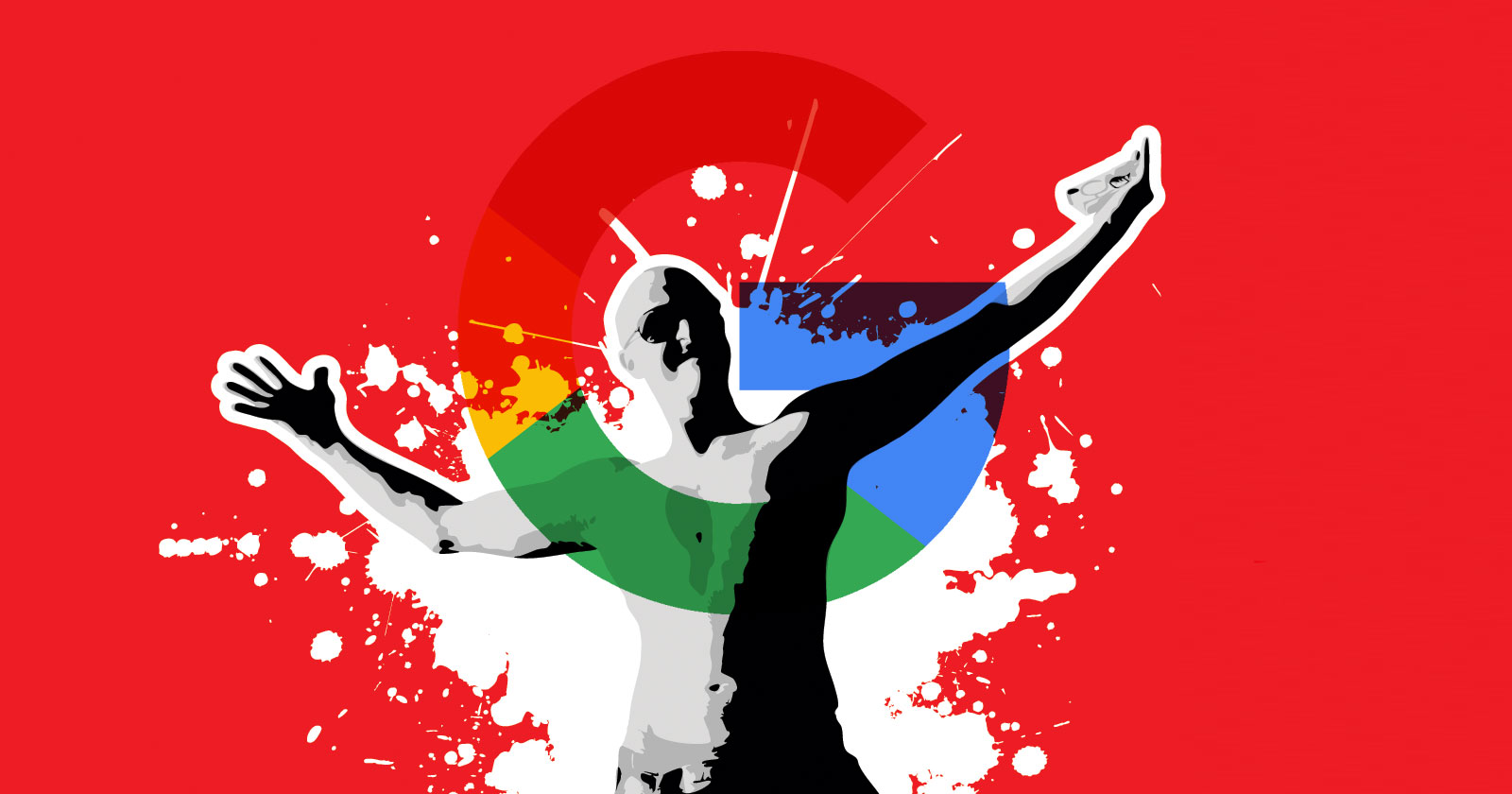








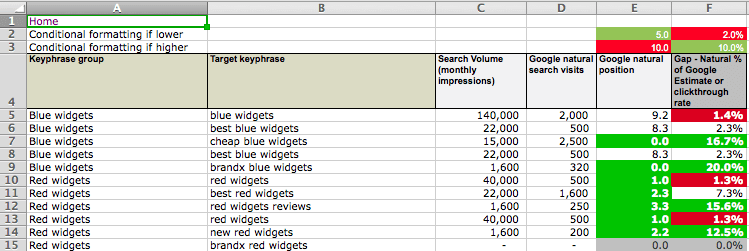
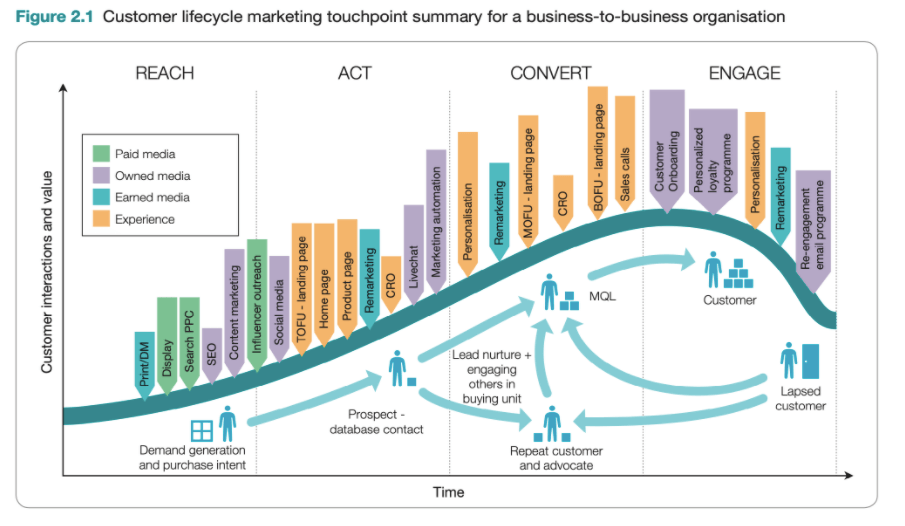










![The 11 Best Landing Page Builder Software Tools [2025]](https://www.growthmarketingpro.com/wp-content/uploads/2024/04/best-landing-page-software-hero-image-1024x618.png?#)










































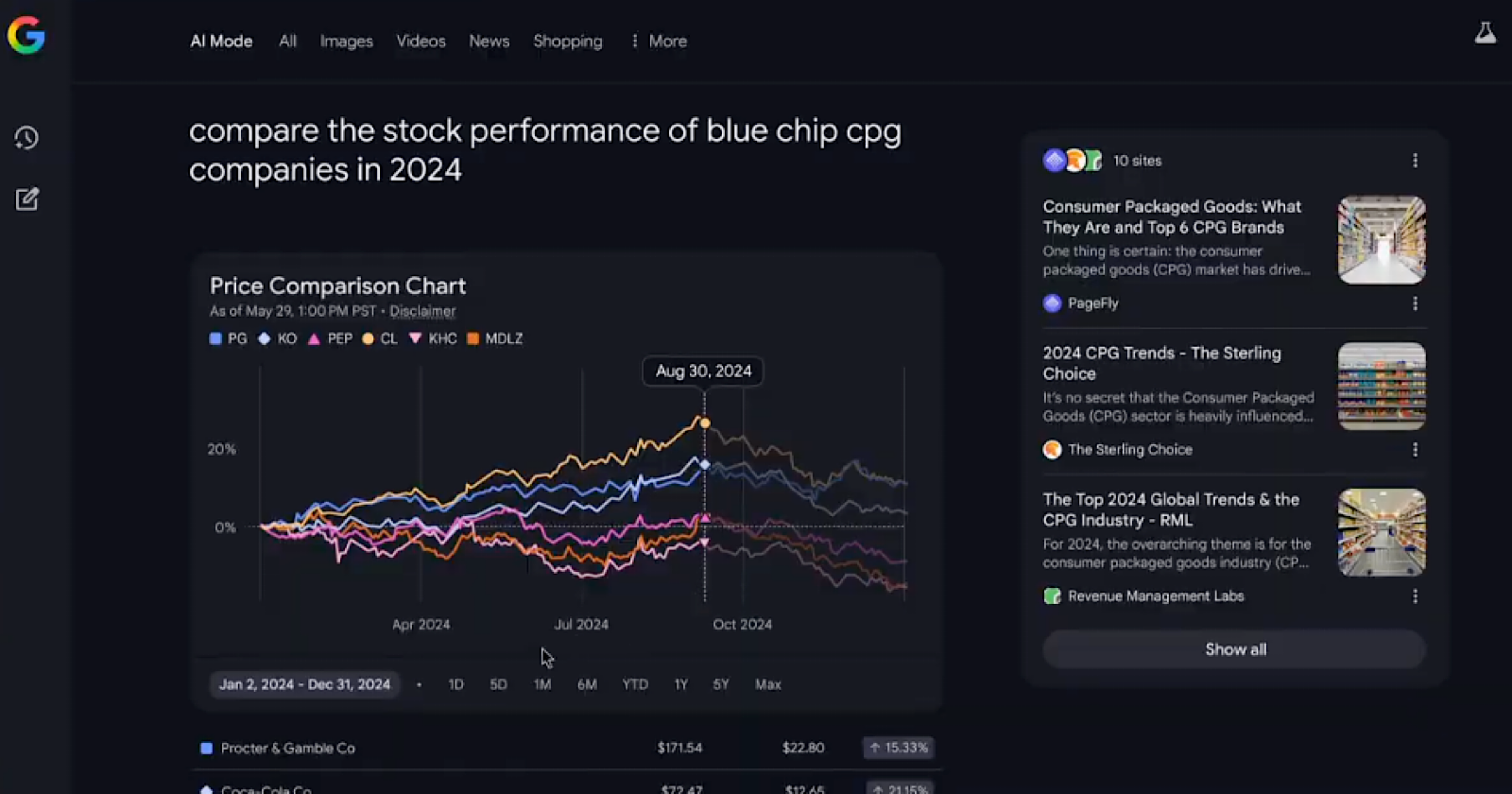







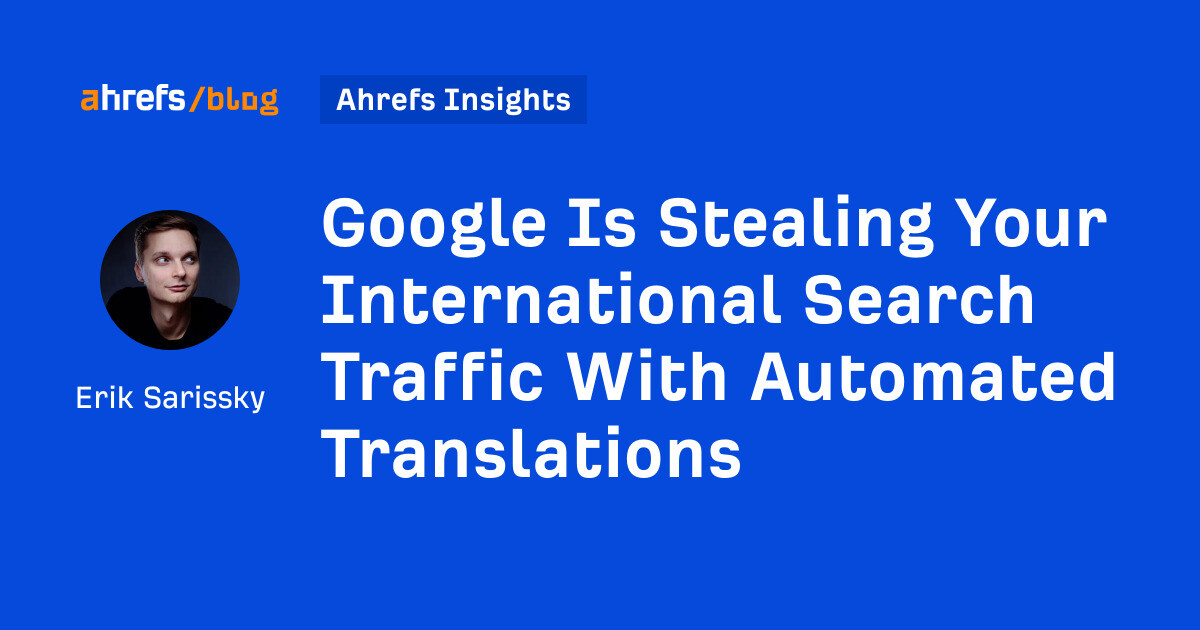



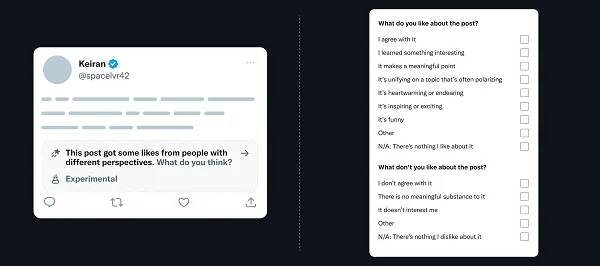










![Social media image sizes for all networks [June 2025]](https://blog.hootsuite.com/wp-content/uploads/2023/01/Social-Media-Image-Sizes-2023.png)


![41 Instagram features, hacks, & tips everyone should know about [new data]](https://www.hubspot.com/hubfs/Instagram-hacks-1-20240916-2633447.webp)














